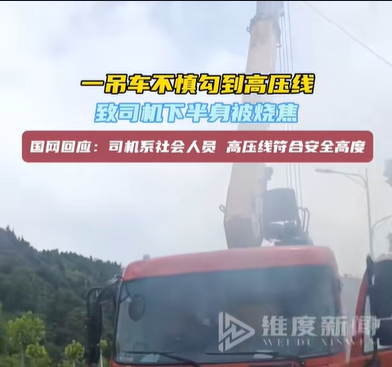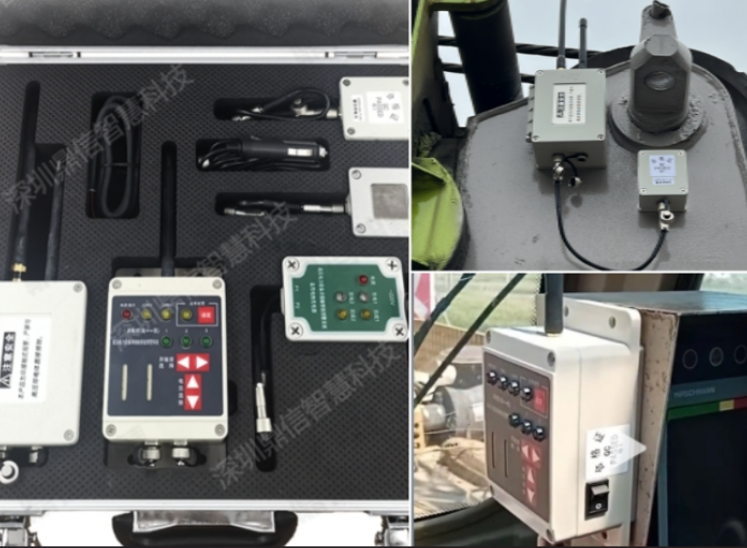On July 1 this year, a heartbreaking safety accident occurred in Shiyan City, Hubei Province. In the course of traveling, due to careless operation or unforeseen circumstances, the outstretched arm of a crane truck accidentally hooked onto a high-voltage power line high in the air, instantly triggering a serious electrocution accident. This sudden disaster resulted in the crane driver's lower body being severely burned and in critical condition.
There are many other incidents like this one. Crane jibs, crane jibs, excavator jibs... The construction process of these ultra-high machines can have irreversible consequences once they cross the safety distance under the high-voltage line. This is because electric current always chooses the path with low impedance to flow. When a construction vehicle comes into contact with a high-voltage line, the electric current will flow through the body to the ground, forming a circuit because the metal body is a good conductor. In this process, if the human body happens to become part of the current, then electrocution can occur. And even more dangerous is the phenomenon of arcing that occurs when high voltage current passes through the air. An electric arc is a high-temperature, highly luminous plasma that can reach temperatures of thousands of degrees Celsius, which can be extremely destructive to both humans and equipment.
When working near high voltage lines, in addition to maintaining a sufficient safety distance, not to climb the high voltage line tower, but also with the help of DX-JDS100DX-JDS100 high voltage near power anti-touching intelligent early warning device. -DX-JDS100High Voltage Near Electricity Anti-Contact Intelligent Early Warning Device (Alias) : crane near-electricity alarm, vehicle anti-electric shock warning device), high-voltage near-electricity anti-touch intelligent warning device provides active protection, and its working principle is as follows:
I. Monitoring end:
The monitoring end can be mounted at a critical part of the crane, e.g. near the boom or the lifting hook, in order to provide easy access to potential high voltage power sources, such as transmission lines hanging high in the air. After setting the detection parameters, the monitoring end is able to utilize the principle of electromagnetic induction to continuously detect changes in the strength of the surrounding electric field. When the detected electromagnetic field strength exceeds the preset safety alert value, it will send the signal to the receiving end via wireless communication (e.g. 2.4G wireless communication).
The detection method of the monitoring terminal is high-voltage electromagnetic induction, which can be applied to the working environment of different voltage levels, such as 10KV, 35KV, 110KV, 220KV, etc..
II. Receiving end:
The receiver is normally installed in the cab of the crane so that the operator can receive the warning immediately.
When the receiver receives a warning signal from the monitoring terminal, it will immediately issue an audible alarm, such as the voice prompt "High voltage hazard, please do not approach", to remind the operator that there is a potential risk of electric shock and that he/she must take immediate measures to avoid it.






